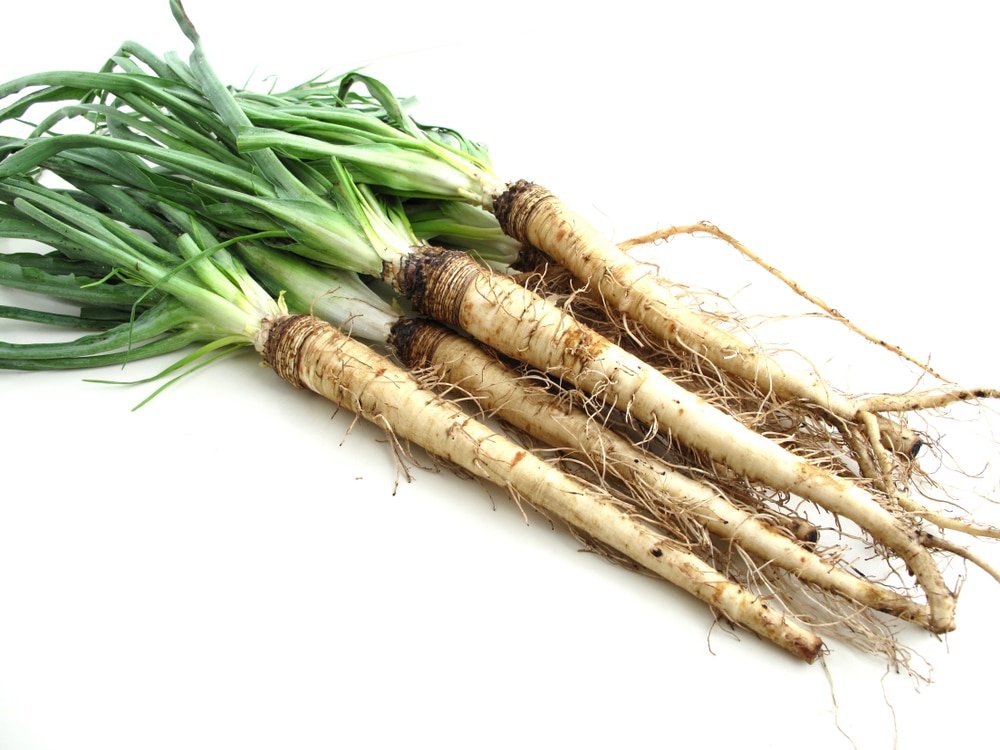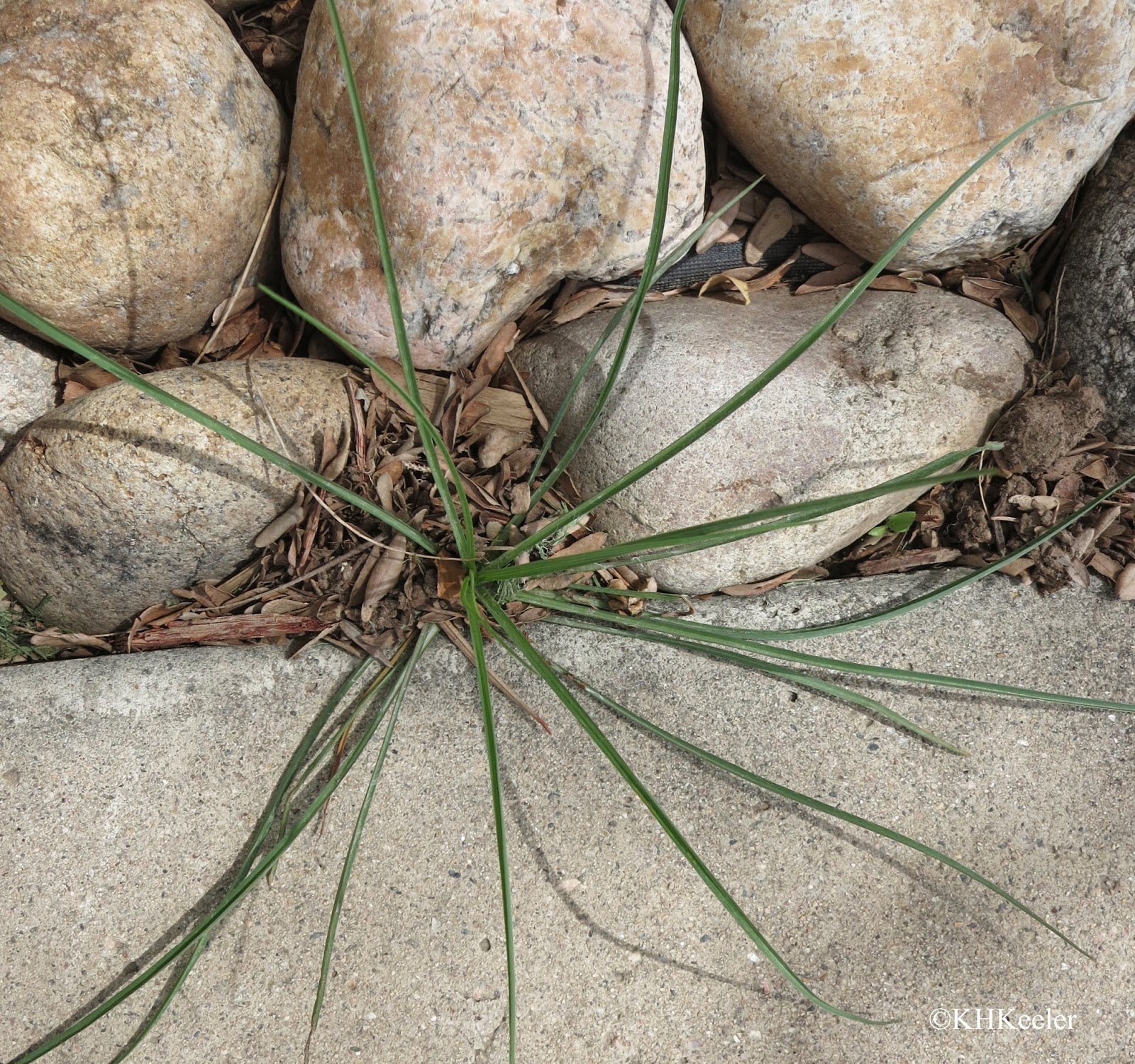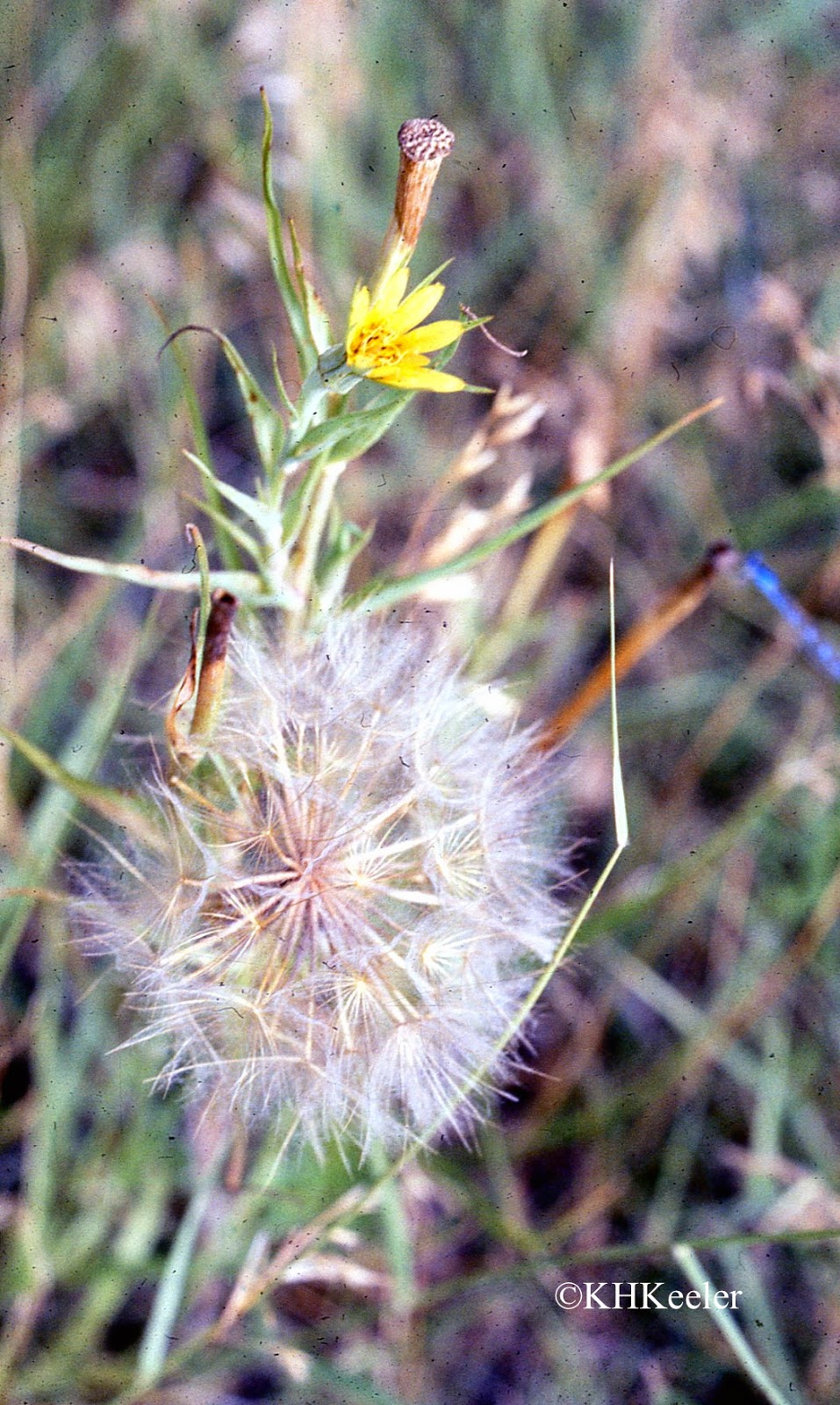
Tragopogon pratensis Wikipedia Meadow salsify. Edible wild plant in
salsify, ( Tragopogon porrifolius ), biennial herb of the family Asteraceae, native to the Mediterranean region. The thick white taproot is cooked as a vegetable and has a flavour similar to that of oysters. Salsify has purple flowers and narrow, often keeled leaves whose bases usually clasp the stem.

Black salsify Edible garden, Edible, Black
Salsify and scorzonera are cool-weather root crops. Salsify and scorzonera, are sometimes confused. The roots look very similar; salsify has a whitish root; scorzonera has a black root. The roots and leaves of salsify and scorzonera are edible. Salsify is a hardy biennial vegetable grown as an annual. Salsify is grown for its long, tapered.

20 seeds Western / Yellow Salsify Tragopogon dubius Wild Etsy
Yellow salsify is a species of salsify native to southern and central Europe and western Asia and found as far north and west as northern France. Yellow salsify was introduced to North America as a garden plant in the early 1900s. Spread was likely from east to west, as this was the pattern exhibited by other salsify plants of the time.

Fat of the Land Wild Salsify
Say the phrase "root vegetables" and most people think of potatoes, carrots, onions, and beets. Few, if any, would come up with salsify — Tragopogon porrifolius, in scientific lingua — one of.

Fat of the Land Wild Salsify
The roots, leaves, flowering shoots, and flowers are all edible. There are two varieties of meadow salsify that can be used as an edible: purple-skinned root (market variety) and white-skinned root (garden variety). Salsify Roots (Photo By: Benreis / Wikimedia Commons) Meadow salsify is edible and the roots are usually used as a food source.

Fat of the Land Wild Salsify
It is relieving to know that cancer can sometimes be prevented using edible plants like salsify. Salsify contains high amounts of polyacetylene antioxidants such as: Falcarindiol;
Leaves of Plants Purple Salsify
Salsify is one of those plants that serves multiple purposes. The purple or yellow flowers, which resemble a darker chicory, are an ornamental addition to the garden. In addition to being edible, they're also attractive to pollinators. The flowers eventually give way to dandelion-like seed heads that disperse in the wind.

Growing Salsify » All the Top Tips for Success
The definition of Salsify is an edible European plant with a long root like a parsnip. Purple Goat's Beard performs best in full sun and sandy, loamy, and clay soils. It reproduces by seeds, and the seeds require 8-10 days to germinate. They should be sown in late summer or early winter. In the first year, the vegetative parts are developed.
A Wandering Botanist Plant Story Yellow Salsify, Tragopogon dubius
A bitter root originally from the Andes, halfway between a carrot and celery. In South America it's a very important crop. It looks like a short, chubby carrot. Its flesh is yellow or purple, and once it's cooked it releases an aroma that recalls a blend of celery, cabbage, and roasted chestnuts. The dark green and purplish-blue leaves resemble.
A Wandering Botanist Plant Story Yellow Salsify, Tragopogon dubius
Description. Salsify is called oyster plant because of its faint oyster-like flavor. It is grown for its edible roots which is white, long and slender often reaching a length of 10 to 12 inches. Young shoots or leaves are often called "chards" and are field blanched and eaten in salads.

A Wandering Botanist Plant Story Yellow Salsify, Tragopogon dubius
That's salsify. Unlike beets, sweet potatoes, onions, and parsnips, salsify is a lesser-known root vegetable. It shouldn't be - it's totally worth growing. Sometimes called oyster plant because of its vaguely seafood-like flavor, salsify is a long, slender taproot with white, creamy flesh. It has lovely purple edible flowers.

Fat of the Land Wild Salsify
In general, salsify will grow best in loose, well-draining, sandy soil that is light in texture and has a pH of between 6.0 and 6.8. Dense, rocky soil can cause your salsify to grow stunted or deformed. Salsify grows best with regular and consistent watering, especially during a drought. Even watering will improve salsify's texture and.

Poetry Of Spirit And Light Western Salsify Spring
Preheat the oven to 425 degrees F. Scrub the outer skin with a vegetable brush. Do not peel. Trim the ends. Cut salsify into pieces about 1 inch wide. Toss pieces with olive, salt, and pepper, or brown sugar, paprika, or chili powder. Arrange pieces on a baking sheet or ovenproof dish.

littleblackfox Salsify
Salsify is a hardy biennial in the dandelion family, and in fact, the root looks much like the dandelion taproot you'd dig from your lawn. Salsify roots are typically 8 to 10 inches long and about an inch in diameter. They have green tops, which are also edible—sweet and tender enough for a salad.

Salsify () WildUtahEdibles
It takes about 100 to 120 days for salsify plants to reach harvesting size and they prefer cool weather. When you grow salsify, you'll be starting with seeds. Plant salsify seeds about 1 to 2 inches (2.5-5 cm.) apart and ½ inch (1 cm.) deep. Seeds should germinate in about a week but can take up to three weeks to sprout.

A Wandering Botanist Plant Story Yellow Salsify, Tragopogon dubius
Boil the pieces until tender, about 20-30 minutes. Drain, and cool slightly, then cut the pieces in half, lengthwise. Place olive oil in a large saute pan over medium-high heat. Place the drained salsify pieces in the olive oil with salt and black pepper. Cook until golden brown, turning the pieces gently.